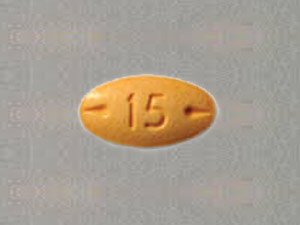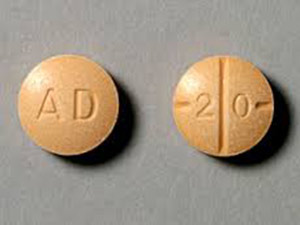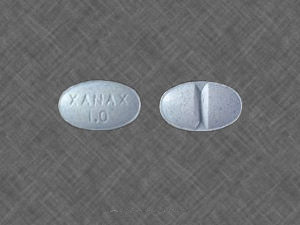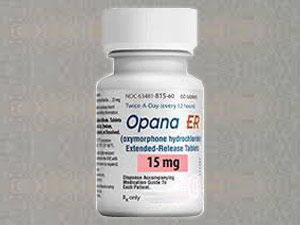A Guide to Safe Use of Pain Medicine

What Information should I know About Pain Relief pills?
Pain relief pills are drugs used to relieve discomfort associated with injury, disease, and surgery. Because the pain process is involved, there are several types of alternatives that provide pain relief by acting through a variety of physiological mechanisms. Pain relief pills are one of these different types of pain medications, and they divided into two significant labels: Over the counter pain relief pills and prescription pain relief pills.
Over the counter pain, killers are less potent drugs approved for as-needed basis pain treatment. These pills are available very quickly at street stores and online pharmacies as well. The prescription pain-relieving pills are high potent drugs that approved for limited medical purposes only. They can’t be purchased without a prescription by a knowledgeable doctor. Prescription pain relief pills are available at only selected online pharmacies, and street pharmacies as well.
Pain relief pills are also known as painkillers and analgesics. They regulated by the United States’ Food and Drug Administration called the FDA. Among the factors, health care professionals consider in prescribing or recommending them are the severity and cause of the pain.
Why I use Pain Relief Pills?
Sometimes pain becomes more than just a feeling of discomfort that can affect the way a patient feels overall. At the same time, it can lead to mental health conditions like anxiety and depression. The amount of pain you or anyone else experience can tell your doctor a lot about your overall health. Therefore, to minimize these symptoms and treat your pain, doctors prescribe pain relief pills. However, painkillers do not work on the actual cause of pain, but they help manage the symptoms that can lead or affect you psychologically.
What are the popular types of Pain Relief Medications?
Pain relief pills may broadly classify into two significant categories: prescription pills and or non-prescription pills. They also include some NSAIDs more potent than their over the counter cousins as well as opioid analgesics. In the latter category are many mild anti-inflammatory drugs (naproxen, ibuprofen), as well as acetaminophen. These pills mainly meant for use with short-term and acute pain like tension headaches, menstrual cramps, minor sprains, etc.
Prescription Pain Pills
Typical prescription pain relief pills include opioids (narcotics) and non-opioid medications. Opioid pain medications are potent products derived from opium. They work by attaching to a specific receptor in the human brain, spinal cord, and gastrointestinal tract. Opioid pills can interfere in the way a person experience and react to pain.
Types of prescription opioid pills include
- Oxycodone, which often prescribed for severe to moderate pain.
- Morphine often used after and before surgical procedure to alleviate severe pain.
- Codeine comes in combination with non-opioid pain-relieving drugs such as acetaminophen. It often prescribed for moderately severe pain.
- Hydrocodone also comes in combination with non-opioid drugs recommended for moderate to moderately severe pain.
- The food and drug administration has recently notified makers of specific opioid (narcotics) drugs that these medications will need to have a risk evaluation and mitigation strategy (REMS) to ensure that the benefits continue to outweigh the risks.
Opioids (Narcotics)
They are potent pain relievers, also famous as narcotics in the United States. Some opiates made from the poppy plant and others produced in a laboratory. Drugs who made in the laboratory are called synthetic opioids.
Most times, people take opioids to relieve acute pain, such as pain after surgery. Or they can make it long term to treat chronic pain. They come in extended-release and immediate-release formulas. Sometimes they are mixed with other pain killers like acetaminophen.
Products containing Opioids
- Fentanyl (Duragesic)
- Buprenorphine (Butrans, Buprenex)
- Hydrocodone & Acetaminophen (Vicodin)
- Oxycodone (OxyContin)
- Hydromorphone (Exalgo ER)
- Meperidine (Demerol)
- Oxymorphone (Opana)
- Tramadol (Ultram)
Although they may be highly effective, opioids are also very addictive. Misuse or abuse can produce severe side effects or an overdose and possibly death. Patients should follow their doctor’s directions very carefully when taking opioids.
Antidepressant
These drugs designed to treat depression, but they also help with chronic pain from certain diseases like nerve damage and migraine. It is still unknown how these medications work to relieve pain. Antidepressants might reduce pain messages by acting on and increasing the activity of chemical signals called neurotransmitters in the spinal cord and brain.
Few different antidepressant classes
Selective serotonin reuptake inhibitors (SSRIs)
They are the most commonly prescribed antidepressants for seizure management, along with pain-relieving properties. SSRIs can ease symptoms of severe to moderate depression, are relatively safe, and typically cause fewer adverse effects than other types of antidepressants. They can also treat some other conditions, including Anxiety disorder.
Tricyclic antidepressants
They are also a class of antidepressant drugs that share a similar chemical structure and biological effects. Experts believe that patients with depression may have an imbalance in neurotransmitters. These antidepressants increase the levels of serotonin and norepinephrine two neurotransmitters and block the action of acetylcholine. In addition to treating depression, they also cause sedation and somewhat prevent the effects of histamine. Their mechanism of action is still unknown, and no one exactly knows how they produce analgesic effects.
Serotonin-norepinephrine reuptake inhibitors (SNRIs)
They first introduced in the mid-1990s as a class of antidepressant drugs. Because SNRIs affect two essential brain chemicals – norepinephrine and serotonin – these medications are sometimes called dual-acting antidepressants or dual reuptake inhibitors. They may include venlafaxine (Effexor XR) and duloxetine (Cymbalta).
Anticonvulsants
Medications that manage seizures also do double duty by relieving nerve pain. Nerves damaged by conditions like shingles or diabetes and nerves that are over-sensitized such as in fibromyalgia overcurrent and send too many pain signals. Medical professionals don’t know precisely how anticonvulsants act against pain. Doctors believe these medications help block abnormal pain messages between the damaged nerves and the spinal cord and the brain.
Examples of Anticonvulsants
- Gabapentin (Neurontin)
- Carbamazepine (Tegretol)
- Pregabalin
- Phenytoin (Dilantin)
These pain killers might increase the risk of suicidal thoughts and suicides. Doctors should monitor their patients very carefully during the treatment with such medications.








Leave a Reply